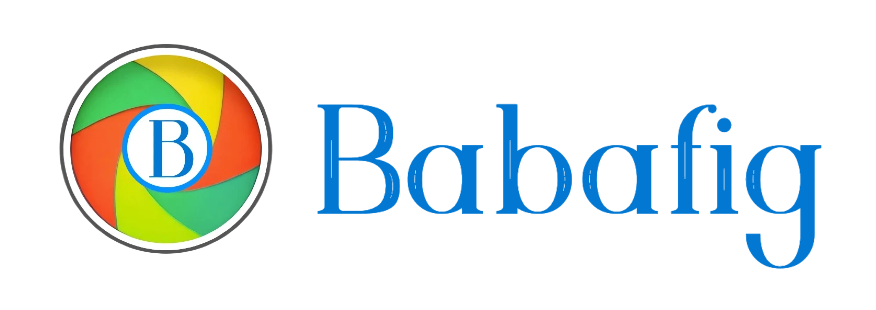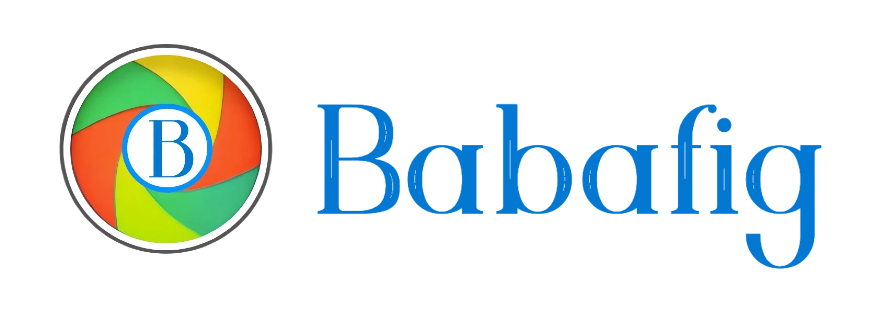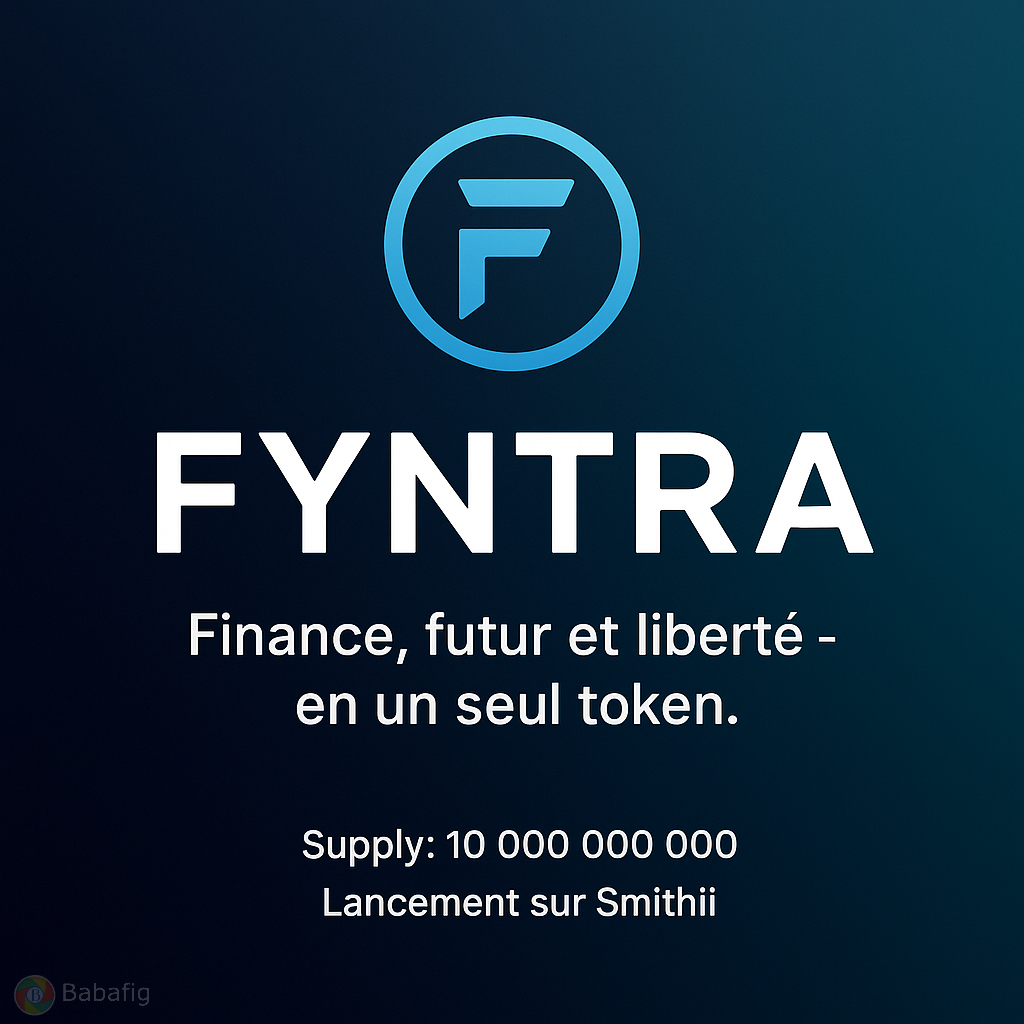Rising Demand for Advanced PCB Manufacturing Drives Dry Film Photoresist Market
Dry Film Photoresist Market, valued at USD 832 million in 2024, is set for steady growth, projected to reach USD 1072 million by 2032 with a CAGR of 3.8% during the forecast period. This expansion is detailed in a comprehensive new report by Intel Market Research, highlighting the critical role of dry film photoresists in creating intricate circuit patterns for electronics manufacturing—especially printed circuit boards and semiconductor packaging. As a cornerstone of modern microfabrication, these materials enable the high-precision patterning essential for everything from consumer gadgets to advanced automotive systems.
Dry film photoresists, laminated as solid films onto substrates, have become indispensable in the electronics industry due to their superior handling, resolution, and durability compared to liquid alternatives. Their application spans multiple sectors, with the push towards miniaturization and higher circuit density driving continuous innovation. While the Asia-Pacific region leads consumption, North American and European markets are advancing with specialized, high-performance grades for cutting-edge applications.
Semiconductor and Electronics Boom: The Core Market Driver
The relentless expansion of the global semiconductor and electronics industries stands as the paramount growth driver for the dry film photoresist market. With the semiconductor segment forming the backbone of modern technology, accounting for a significant portion of the total application demand, the reliance on advanced photoresists is absolute. The semiconductor equipment market itself is a multi-billion dollar industry, continuously fueling the need for high-performance patterning materials. The transition to advanced packaging technologies and the proliferation of Internet of Things (IoT) devices are further intensifying this demand for ultra-fine-line photoresists capable of sub-micron resolutions.
"The concentration of electronics manufacturing giants in the Asia-Pacific region, which consumes the lion's share of global dry film photoresist output, is a central pillar of the market's momentum," the report explains. Global investments in new semiconductor fabrication facilities and PCB plants are creating a robust, long-term demand pipeline. The need for higher performance in smaller form factors, particularly in High-Density Interconnect (HDI) boards and IC substrates, is pushing material scientists to develop formulations with enhanced chemical resistance, thermal stability, and resolution capabilities.
Download FREE Sample Report:
Dry Film Photoresist Market - View in Detailed Research Report
Market Segmentation: Positive Photoresist and PCB Applications Lead
The report offers a meticulous segmentation analysis, providing a granular view of the market structure and identifying the segments poised for strongest growth.
Segment Analysis:
By Type
• Positive Dry Film Photoresist
• Negative Dry Film Photoresist
By Application
• Printed Circuit Board (PCB)
• Semiconductor Packaging
• Lead Frame
• Others (including Chemical Milling)
By End User
• Electronics Manufacturing Services (EMS)
• Original Equipment Manufacturers (OEMs)
• PCB Fabricators
Get Full Report Here:
Dry Film Photoresist Market, Global Business Strategies 2025-2032 - View in Detailed Research Report
Competitive Landscape: A Consolidated Market with Strategic Innovation
The report profiles the industry's key players, who are actively engaged in R&D and strategic partnerships:
• Asahi Kasei Corp. (Japan)
• Eternal Materials Co., Ltd. (Taiwan)
• Showa Denko Materials Co., Ltd. (Japan)
• DuPont de Nemours, Inc. (U.S.)
• Chang Chun Group (Taiwan)
• Kolon Industries, Inc. (South Korea)
• Fujifilm Electronic Materials (U.S.)
• JSR Corporation (Japan)
• Tokyo Ohka Kogyo Co., Ltd. (TOK) (Japan)
• Dow Chemical Company (U.S.)
• Mitsubishi Chemical Corporation (Japan)
• LG Chem (South Korea)
• Daxin Materials Corp. (Taiwan)
• AGC Inc. (Japan)
• Nikko Materials Co., Ltd. (Japan)
These companies are intensely focused on developing next-generation formulations to meet the demands of advanced node semiconductor packaging and finer PCB trace widths. There is a clear strategic emphasis on expanding production capacity in high-growth regions and forming deep, collaborative relationships with major electronics manufacturers to co-develop custom photoresist solutions.
Emerging Opportunities in Advanced Packaging and Automotive Electronics
Beyond the well-established PCB sector, the report identifies powerful emerging growth vectors. The rapid evolution of advanced semiconductor packaging, including fan-out wafer-level packaging and 2.5D/3D integration, is creating a substantial new market for specialized dry film photoresists that can handle these complex architectures. Simultaneously, the automotive industry's transformation is a major catalyst. The surge in electric vehicle production and the increasing electronic content per vehicle—from advanced driver-assistance systems (ADAS) to in-vehicle infotainment—are driving unprecedented demand for reliable, high-performance PCBs, directly boosting photoresist consumption.
Report Scope and Availability
This market intelligence report delivers a thorough analysis of the global and regional Dry Film Photoresist markets from 2025 to 2032. It encompasses detailed market segmentation, precise size forecasts, in-depth competitive intelligence, analysis of technology trends, and a clear evaluation of the key market dynamics shaping the industry's future.
For a detailed analysis of market drivers, restraints, opportunities, and the competitive strategies of key players, access the complete report.
Read Full Report: https://semiconductorinsight.com/report/dry-film-photoresist-market/
Download Sample Report: https://semiconductorinsight.com/download-sample-report/?product_id=127108
About Intel Market Research
Intel Market Research is a leading provider of market intelligence and strategic consulting for the global semiconductor and high-technology industries. Our in-depth reports and analysis offer actionable insights to help businesses navigate complex market dynamics, identify growth opportunities, and make informed decisions. We are committed to delivering high-quality, data-driven research to our clients worldwide.
Website: https://semiconductorinsight.com/
International: +91 8087 99 2013
LinkedIn: Follow Us
#DryFilmPhotoresistMarket,
#DryFilmPhotoresistGrowth,
#DryFilmPhotoresistIndustry,
#DryFilmPhotoresistTrends,
#DryFilmPhotoresistForecast
Dry Film Photoresist Market, valued at USD 832 million in 2024, is set for steady growth, projected to reach USD 1072 million by 2032 with a CAGR of 3.8% during the forecast period. This expansion is detailed in a comprehensive new report by Intel Market Research, highlighting the critical role of dry film photoresists in creating intricate circuit patterns for electronics manufacturing—especially printed circuit boards and semiconductor packaging. As a cornerstone of modern microfabrication, these materials enable the high-precision patterning essential for everything from consumer gadgets to advanced automotive systems.
Dry film photoresists, laminated as solid films onto substrates, have become indispensable in the electronics industry due to their superior handling, resolution, and durability compared to liquid alternatives. Their application spans multiple sectors, with the push towards miniaturization and higher circuit density driving continuous innovation. While the Asia-Pacific region leads consumption, North American and European markets are advancing with specialized, high-performance grades for cutting-edge applications.
Semiconductor and Electronics Boom: The Core Market Driver
The relentless expansion of the global semiconductor and electronics industries stands as the paramount growth driver for the dry film photoresist market. With the semiconductor segment forming the backbone of modern technology, accounting for a significant portion of the total application demand, the reliance on advanced photoresists is absolute. The semiconductor equipment market itself is a multi-billion dollar industry, continuously fueling the need for high-performance patterning materials. The transition to advanced packaging technologies and the proliferation of Internet of Things (IoT) devices are further intensifying this demand for ultra-fine-line photoresists capable of sub-micron resolutions.
"The concentration of electronics manufacturing giants in the Asia-Pacific region, which consumes the lion's share of global dry film photoresist output, is a central pillar of the market's momentum," the report explains. Global investments in new semiconductor fabrication facilities and PCB plants are creating a robust, long-term demand pipeline. The need for higher performance in smaller form factors, particularly in High-Density Interconnect (HDI) boards and IC substrates, is pushing material scientists to develop formulations with enhanced chemical resistance, thermal stability, and resolution capabilities.
Download FREE Sample Report:
Dry Film Photoresist Market - View in Detailed Research Report
Market Segmentation: Positive Photoresist and PCB Applications Lead
The report offers a meticulous segmentation analysis, providing a granular view of the market structure and identifying the segments poised for strongest growth.
Segment Analysis:
By Type
• Positive Dry Film Photoresist
• Negative Dry Film Photoresist
By Application
• Printed Circuit Board (PCB)
• Semiconductor Packaging
• Lead Frame
• Others (including Chemical Milling)
By End User
• Electronics Manufacturing Services (EMS)
• Original Equipment Manufacturers (OEMs)
• PCB Fabricators
Get Full Report Here:
Dry Film Photoresist Market, Global Business Strategies 2025-2032 - View in Detailed Research Report
Competitive Landscape: A Consolidated Market with Strategic Innovation
The report profiles the industry's key players, who are actively engaged in R&D and strategic partnerships:
• Asahi Kasei Corp. (Japan)
• Eternal Materials Co., Ltd. (Taiwan)
• Showa Denko Materials Co., Ltd. (Japan)
• DuPont de Nemours, Inc. (U.S.)
• Chang Chun Group (Taiwan)
• Kolon Industries, Inc. (South Korea)
• Fujifilm Electronic Materials (U.S.)
• JSR Corporation (Japan)
• Tokyo Ohka Kogyo Co., Ltd. (TOK) (Japan)
• Dow Chemical Company (U.S.)
• Mitsubishi Chemical Corporation (Japan)
• LG Chem (South Korea)
• Daxin Materials Corp. (Taiwan)
• AGC Inc. (Japan)
• Nikko Materials Co., Ltd. (Japan)
These companies are intensely focused on developing next-generation formulations to meet the demands of advanced node semiconductor packaging and finer PCB trace widths. There is a clear strategic emphasis on expanding production capacity in high-growth regions and forming deep, collaborative relationships with major electronics manufacturers to co-develop custom photoresist solutions.
Emerging Opportunities in Advanced Packaging and Automotive Electronics
Beyond the well-established PCB sector, the report identifies powerful emerging growth vectors. The rapid evolution of advanced semiconductor packaging, including fan-out wafer-level packaging and 2.5D/3D integration, is creating a substantial new market for specialized dry film photoresists that can handle these complex architectures. Simultaneously, the automotive industry's transformation is a major catalyst. The surge in electric vehicle production and the increasing electronic content per vehicle—from advanced driver-assistance systems (ADAS) to in-vehicle infotainment—are driving unprecedented demand for reliable, high-performance PCBs, directly boosting photoresist consumption.
Report Scope and Availability
This market intelligence report delivers a thorough analysis of the global and regional Dry Film Photoresist markets from 2025 to 2032. It encompasses detailed market segmentation, precise size forecasts, in-depth competitive intelligence, analysis of technology trends, and a clear evaluation of the key market dynamics shaping the industry's future.
For a detailed analysis of market drivers, restraints, opportunities, and the competitive strategies of key players, access the complete report.
Read Full Report: https://semiconductorinsight.com/report/dry-film-photoresist-market/
Download Sample Report: https://semiconductorinsight.com/download-sample-report/?product_id=127108
About Intel Market Research
Intel Market Research is a leading provider of market intelligence and strategic consulting for the global semiconductor and high-technology industries. Our in-depth reports and analysis offer actionable insights to help businesses navigate complex market dynamics, identify growth opportunities, and make informed decisions. We are committed to delivering high-quality, data-driven research to our clients worldwide.
Website: https://semiconductorinsight.com/
International: +91 8087 99 2013
LinkedIn: Follow Us
#DryFilmPhotoresistMarket,
#DryFilmPhotoresistGrowth,
#DryFilmPhotoresistIndustry,
#DryFilmPhotoresistTrends,
#DryFilmPhotoresistForecast
Rising Demand for Advanced PCB Manufacturing Drives Dry Film Photoresist Market
Dry Film Photoresist Market, valued at USD 832 million in 2024, is set for steady growth, projected to reach USD 1072 million by 2032 with a CAGR of 3.8% during the forecast period. This expansion is detailed in a comprehensive new report by Intel Market Research, highlighting the critical role of dry film photoresists in creating intricate circuit patterns for electronics manufacturing—especially printed circuit boards and semiconductor packaging. As a cornerstone of modern microfabrication, these materials enable the high-precision patterning essential for everything from consumer gadgets to advanced automotive systems.
Dry film photoresists, laminated as solid films onto substrates, have become indispensable in the electronics industry due to their superior handling, resolution, and durability compared to liquid alternatives. Their application spans multiple sectors, with the push towards miniaturization and higher circuit density driving continuous innovation. While the Asia-Pacific region leads consumption, North American and European markets are advancing with specialized, high-performance grades for cutting-edge applications.
Semiconductor and Electronics Boom: The Core Market Driver
The relentless expansion of the global semiconductor and electronics industries stands as the paramount growth driver for the dry film photoresist market. With the semiconductor segment forming the backbone of modern technology, accounting for a significant portion of the total application demand, the reliance on advanced photoresists is absolute. The semiconductor equipment market itself is a multi-billion dollar industry, continuously fueling the need for high-performance patterning materials. The transition to advanced packaging technologies and the proliferation of Internet of Things (IoT) devices are further intensifying this demand for ultra-fine-line photoresists capable of sub-micron resolutions.
"The concentration of electronics manufacturing giants in the Asia-Pacific region, which consumes the lion's share of global dry film photoresist output, is a central pillar of the market's momentum," the report explains. Global investments in new semiconductor fabrication facilities and PCB plants are creating a robust, long-term demand pipeline. The need for higher performance in smaller form factors, particularly in High-Density Interconnect (HDI) boards and IC substrates, is pushing material scientists to develop formulations with enhanced chemical resistance, thermal stability, and resolution capabilities.
Download FREE Sample Report:
Dry Film Photoresist Market - View in Detailed Research Report
Market Segmentation: Positive Photoresist and PCB Applications Lead
The report offers a meticulous segmentation analysis, providing a granular view of the market structure and identifying the segments poised for strongest growth.
Segment Analysis:
By Type
• Positive Dry Film Photoresist
• Negative Dry Film Photoresist
By Application
• Printed Circuit Board (PCB)
• Semiconductor Packaging
• Lead Frame
• Others (including Chemical Milling)
By End User
• Electronics Manufacturing Services (EMS)
• Original Equipment Manufacturers (OEMs)
• PCB Fabricators
Get Full Report Here:
Dry Film Photoresist Market, Global Business Strategies 2025-2032 - View in Detailed Research Report
Competitive Landscape: A Consolidated Market with Strategic Innovation
The report profiles the industry's key players, who are actively engaged in R&D and strategic partnerships:
• Asahi Kasei Corp. (Japan)
• Eternal Materials Co., Ltd. (Taiwan)
• Showa Denko Materials Co., Ltd. (Japan)
• DuPont de Nemours, Inc. (U.S.)
• Chang Chun Group (Taiwan)
• Kolon Industries, Inc. (South Korea)
• Fujifilm Electronic Materials (U.S.)
• JSR Corporation (Japan)
• Tokyo Ohka Kogyo Co., Ltd. (TOK) (Japan)
• Dow Chemical Company (U.S.)
• Mitsubishi Chemical Corporation (Japan)
• LG Chem (South Korea)
• Daxin Materials Corp. (Taiwan)
• AGC Inc. (Japan)
• Nikko Materials Co., Ltd. (Japan)
These companies are intensely focused on developing next-generation formulations to meet the demands of advanced node semiconductor packaging and finer PCB trace widths. There is a clear strategic emphasis on expanding production capacity in high-growth regions and forming deep, collaborative relationships with major electronics manufacturers to co-develop custom photoresist solutions.
Emerging Opportunities in Advanced Packaging and Automotive Electronics
Beyond the well-established PCB sector, the report identifies powerful emerging growth vectors. The rapid evolution of advanced semiconductor packaging, including fan-out wafer-level packaging and 2.5D/3D integration, is creating a substantial new market for specialized dry film photoresists that can handle these complex architectures. Simultaneously, the automotive industry's transformation is a major catalyst. The surge in electric vehicle production and the increasing electronic content per vehicle—from advanced driver-assistance systems (ADAS) to in-vehicle infotainment—are driving unprecedented demand for reliable, high-performance PCBs, directly boosting photoresist consumption.
Report Scope and Availability
This market intelligence report delivers a thorough analysis of the global and regional Dry Film Photoresist markets from 2025 to 2032. It encompasses detailed market segmentation, precise size forecasts, in-depth competitive intelligence, analysis of technology trends, and a clear evaluation of the key market dynamics shaping the industry's future.
For a detailed analysis of market drivers, restraints, opportunities, and the competitive strategies of key players, access the complete report.
Read Full Report: https://semiconductorinsight.com/report/dry-film-photoresist-market/
Download Sample Report: https://semiconductorinsight.com/download-sample-report/?product_id=127108
About Intel Market Research
Intel Market Research is a leading provider of market intelligence and strategic consulting for the global semiconductor and high-technology industries. Our in-depth reports and analysis offer actionable insights to help businesses navigate complex market dynamics, identify growth opportunities, and make informed decisions. We are committed to delivering high-quality, data-driven research to our clients worldwide.
🌐 Website: https://semiconductorinsight.com/
📞 International: +91 8087 99 2013
🔗 LinkedIn: Follow Us
#DryFilmPhotoresistMarket,
#DryFilmPhotoresistGrowth,
#DryFilmPhotoresistIndustry,
#DryFilmPhotoresistTrends,
#DryFilmPhotoresistForecast
0 Comments
0 Shares
3K Views
0 Reviews










